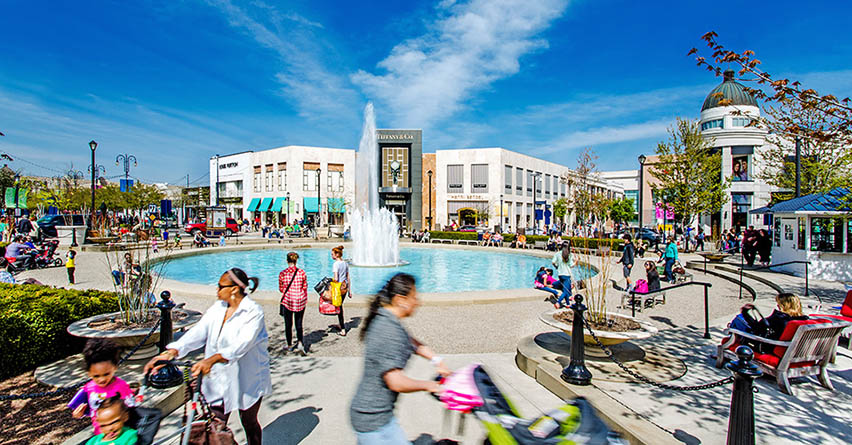By Yaromir Steiner
As generations of frustrated parents have patiently explained to their children who are begging for the latest and greatest toy or whining because they don’t have the cool new gadget, there is a difference between needing something and wanting something. The gap between want and need is an important one in many contexts, and the landscape of American shopping center development is definitely one of them.
Needs-based spending is everyday shopping for necessities—where the first dollars of a family’s budget are spent. Approximately 85% of shopping centers are built around a needs-based or commoditized model. The remaining 15% or so embrace a wants-based shopping model, where additional income for extras and luxury items is spent. The success of a needs-based approach is predicated on cost-based models, whereas the discretionary spending model of wants-based environments is very sensitive to the sales volume of their merchants.
Neither model is inherently “better” than the other, they both have their own pluses and minuses. But they are two very different animals that require very different things in terms of access, parking, tenant mixtures and a wide range of other design, development and functionality considerations.
One of the reasons that it is so important to appreciate the difference between these two retail models is because of what the evolving dynamic between needs-based and wants-based shopping centers can tell us about the broader retail and mixed-use development marketplace. If we break down the shopping center marketplace into categories of needs-based and wants-based shopping, it can provide some important insights into cultural and commercial trends, and can even give us a somewhat more refined idea of where the marketplace is going (and why it’s going there!).
Need-based retail has long been the bread and butter of the industry: the grocery-anchored centers and traditional power centers occupy a familiar space in both the shopper’s consciousness and in the retail marketplace. Most of the big developers—the kinds of developers who measure their portfolios in the tens of millions of square feet—focus on needs-based centers. They manage their risk in two ways: the products they own are commodity products, and they also work to protect themselves by maintaining a critical mass of overall square footage (if a center on the margins fails, it is not a crisis). The steadiness and can’t-do-without-certain-key-commodities factor made the needs-based model seemed especially attractive during the depths of the recent recession.
Currently, however, we are beginning to see an important shift in the balance of needs versus wants. Today there are noticeably more opportunities for wants-based environments, a trend that is only likely to accelerate in the years ahead. This burgeoning demand is partly the result of pent up demand and a development pipeline that is beginning to flow a little more freely, but it is also because a not insignificant slice of the wants-based marketplace has been eroding away as older and less “sexy” malls become downgraded from wants to needs. Many cities in America simply don’t HAVE want-based environments and the demand is growing for good products and compelling retail and mixed-used destinations that embrace an aspirational model. Activity is emerging around the country, in markets from Salt Lake City, Utah to Naples, Florida.
The steadily growing popularity of mixed-use development is also contributing to the uptick: the format accommodates a mixed-use model very well.
One thing that will be interesting to watch as the wants-based market continues to gain momentum and leading developers begin to break ground on increasingly ambitious and high-profile projects is the cannibalization from existing, tired centers that is sure to follow. As the “former” aspirational centers have become commodities and gradually transitioned to more needs-based environments, many of their existing retailers have begun to look around. With a lack of quality wants-based development in the last few years, many of those retailers will likely jump at the opportunity to make a move to the new generation of much-anticipated wants-based projects.






